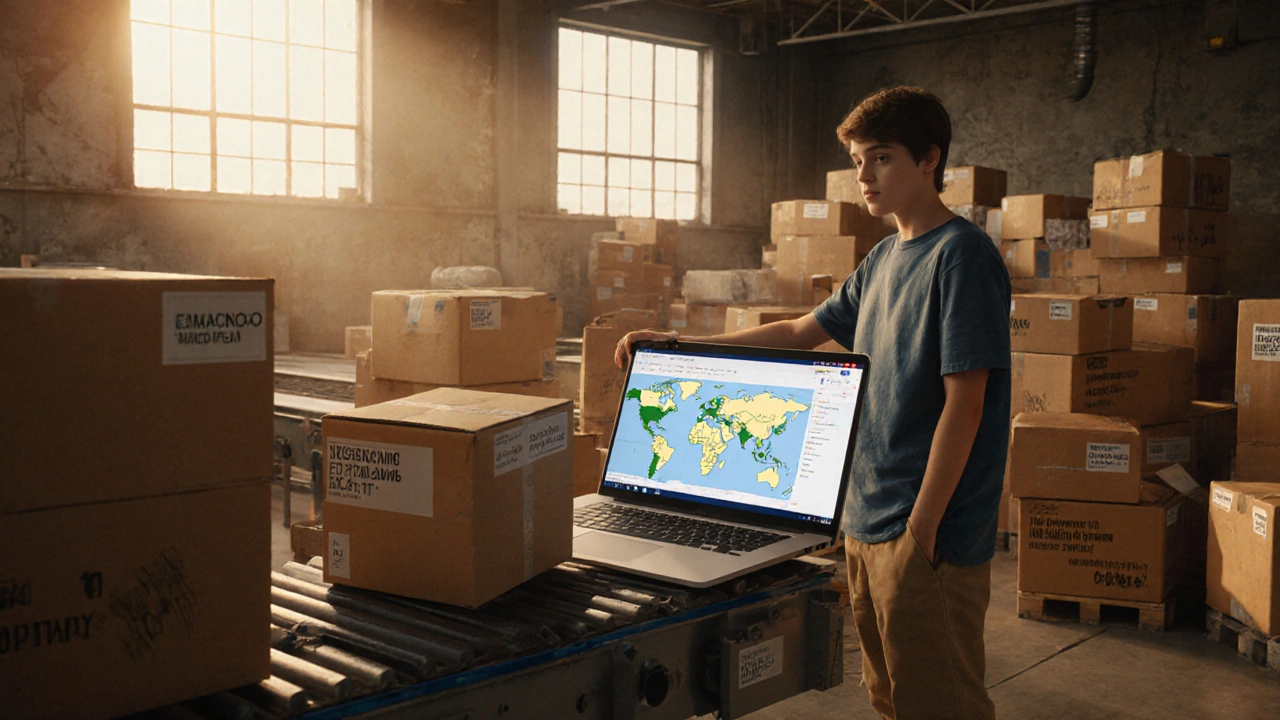Learn Logistics: Understand Supply Chains, Warehousing, and Delivery Systems
When you learn logistics, the process of moving goods from point A to point B efficiently. Also known as supply chain management, it’s not just about trucks and warehouses—it’s the invisible system that gets your online order to your door in two days. You’re not just ordering a coffee maker or a new rug—you’re tapping into a global network of warehouses, software, drivers, and rules that make it all possible.
Behind every fast delivery is a warehouse management system, software that tracks inventory, assigns tasks, and controls movement inside a warehouse. Tools like SAP EWM and other WMS platforms keep thousands of items organized so your package isn’t lost in a sea of boxes. These systems don’t run themselves—they need people who know how to use them, and companies that choose the right one can save millions. Then there’s the logistics company, a business that handles transportation, storage, and delivery of goods. Think Prologis running massive distribution centers, or UPS and FedEx racing to beat cutoff times. These aren’t just delivery services—they’re complex operations with teams, tech, and strict timelines. And let’s not forget the final step: last-mile delivery, the last leg of the journey from a local hub to your doorstep. It’s the most expensive and tricky part, and that’s why companies like USPS, DHL, and Amazon are constantly trying to crack it. This is where your package gets handed off, tracked, and finally delivered—sometimes within hours of leaving the warehouse.
What does learning logistics actually mean for you?
If you’re moving homes, running a small business, or just tired of waiting for packages, understanding logistics helps you make smarter choices. Knowing cutoff times for overnight shipping saves you money. Recognizing why some carriers deliver faster than others helps you pick the right one. Seeing how warehouse layouts affect delivery speed explains why your order from California arrives quicker than one from Ohio. This isn’t theory—it’s real stuff that affects your daily life.
Below, you’ll find real guides on what top logistics companies do, how warehouse supervisors earn their pay, why SAP dominates the industry, and how courier delivery times actually work. No fluff. No jargon. Just clear, practical insights from people who live in this world every day. Whether you’re curious about the system or trying to improve your own shipping game, you’ll find answers here.
Logistics isn't as hard to learn as people think-it's messy, not complex. Learn what skills you actually need, how tools make it easier, and how to start today with no experience.
Oct, 28 2025
